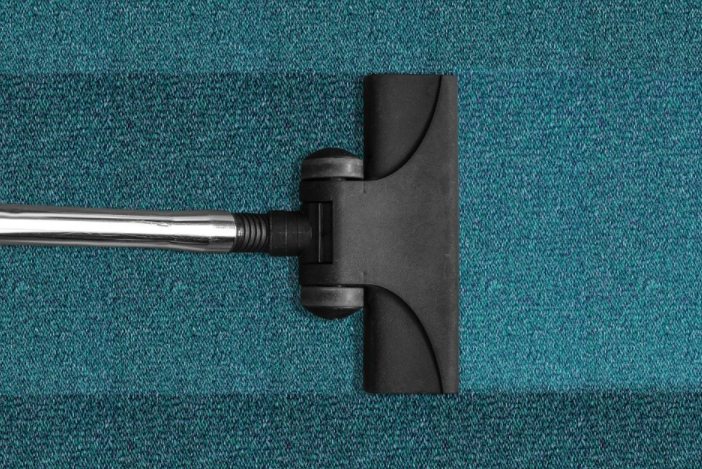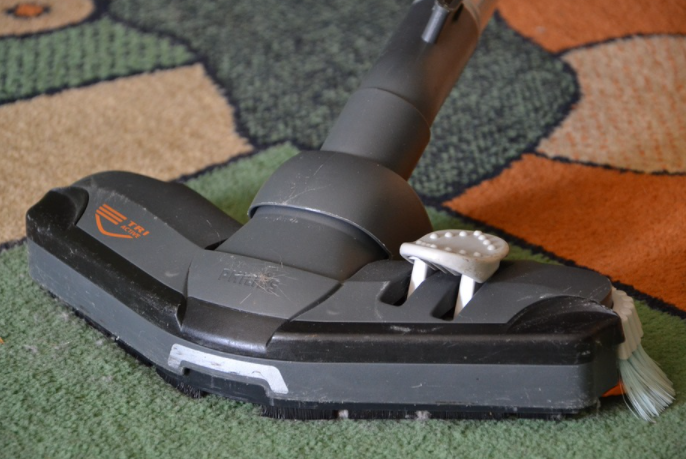Setting up your office to be an ADA-compliant office is critical to creating a foundation that allows your disabled friends and staff to work well. If your office does having a casp report mean you’re compliant to accessible office space. If your staff have a physical disability, it is even more important to make sure that your workspace is ideal for their needs and that all reasonable accommodations are made to be comfortable and work effectively.

Accessible Office Desks
The most fundamental of all office furniture, the desks in your office are where your whole staffs and you may spend 8 hours a day, five days a week writing reports, taking phone calls, handling emails, and holding meetings, so it makes sense to start making your office desks as comfortable as possible. You can try to learn the Americans with Disabilities Act (ADA) regulations, so you can make sure you do the correct thing to set up your office.
Comfortable Adjustable Chairs
It’s essential to remember to find a chair that fits their desk. There are many handicap-accessible seating options, such as chairs with lumbar support, which will give you the support you need if you have back problems. Aside from that, there are also some sets of height-adjustable or adjustable chairs so those office seats will work with the desk support they choose. Flexible armrests that can be raised or lowered depending on your height should also be installed.
Specially-Designed Office Equipment
 When your desk is comfortable, you need your office equipment and supplies to function additionally at the appropriate level for your abilities. Consider getting an ergonomic evaluation. Many companies offer it free of charge or cover the cost of necessary modifications. You can also have your doctor perform the assessment and request a doctor’s note based on the assessment if your workstation needs to be submitted for insurance purposes or to cover costs.
When your desk is comfortable, you need your office equipment and supplies to function additionally at the appropriate level for your abilities. Consider getting an ergonomic evaluation. Many companies offer it free of charge or cover the cost of necessary modifications. You can also have your doctor perform the assessment and request a doctor’s note based on the assessment if your workstation needs to be submitted for insurance purposes or to cover costs.
There are many, many computer options to choose from. If your office provides you with a laptop (or you use your laptop to work at home) consider a lightweight option that makes your commute much easier. In case you use a desktop version, remember that there are unlimited options for different monitor variations. Remember that it’s not worth straining your neck, not seeing well, or bending over to make your personal computer work for you.
Assistive Programs
There is a huge selection of input programs available to help people with disabilities do their jobs better and manage their personal affairs on the computer. Dragon is perhaps the most well-known software for people with disabilities. The speech recognition program allows you to enter data and control the computer with your voice. VivoMouse follows the movements of your head as well as the sound of your voice to control your PC. Biggy Cursor increases the size of your cursor and offers many different colors.
Clear Space
 Space is often the last thing on many companies’ minds when creating an accessible workspace. Just because a workstation or workspace can be found on one side, doesn’t mean it works or is better on all sides. Consider the turning radius of the block area. While it may be easy for people in wheelchairs or with mobility aids to get in and out of their desks, consider whether the employee will be able to turn around or is likely to be restricted in their area. Confined spaces can lead to awkward encounters with coworkers and frustrating interactions with customers.
Space is often the last thing on many companies’ minds when creating an accessible workspace. Just because a workstation or workspace can be found on one side, doesn’t mean it works or is better on all sides. Consider the turning radius of the block area. While it may be easy for people in wheelchairs or with mobility aids to get in and out of their desks, consider whether the employee will be able to turn around or is likely to be restricted in their area. Confined spaces can lead to awkward encounters with coworkers and frustrating interactions with customers.
Safe Nonslip Surfaces
Finally, consider the flooring that will be installed underneath employee workstations. Disability flooring includes nonslip, easily maneuverable surfaces. This usually means a hard-surface carpet that is easy to roll up so that a chair can pass quickly. It would be best if you made sure that all wiring in the workplace is also clear, not only to increase accessibility but also for independence issues.…











 Leaking roof is the most common roofing issue. These are major roofing difficulties that should always be repaired after being diagnosed until they cause damage to your valuables and your home. Since many of these leaks can be difficult to identify until there are clear signs of water damage, it’s safest to schedule a periodic roof and home inspection to ensure your roof is waterproof. Hiring a professional roofer also addresses some problem areas before they become major issues. As it becomes a major issue, the repair cost will increase a lot.
Leaking roof is the most common roofing issue. These are major roofing difficulties that should always be repaired after being diagnosed until they cause damage to your valuables and your home. Since many of these leaks can be difficult to identify until there are clear signs of water damage, it’s safest to schedule a periodic roof and home inspection to ensure your roof is waterproof. Hiring a professional roofer also addresses some problem areas before they become major issues. As it becomes a major issue, the repair cost will increase a lot.